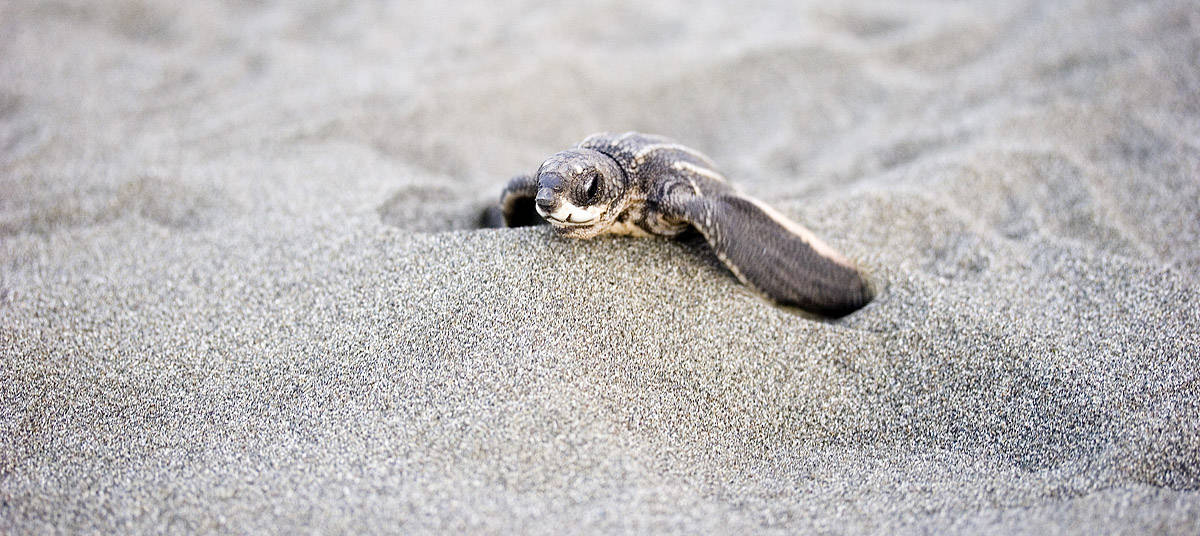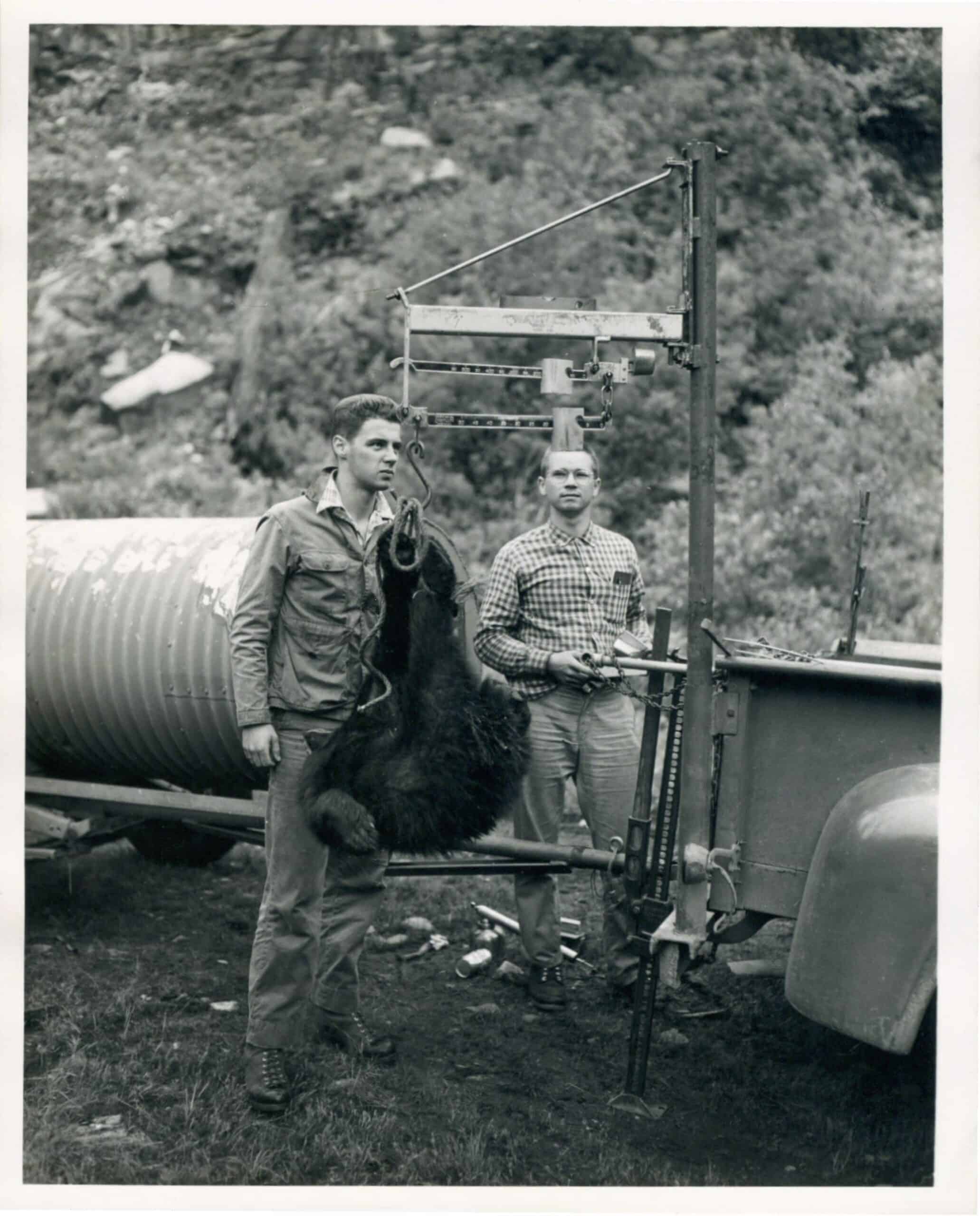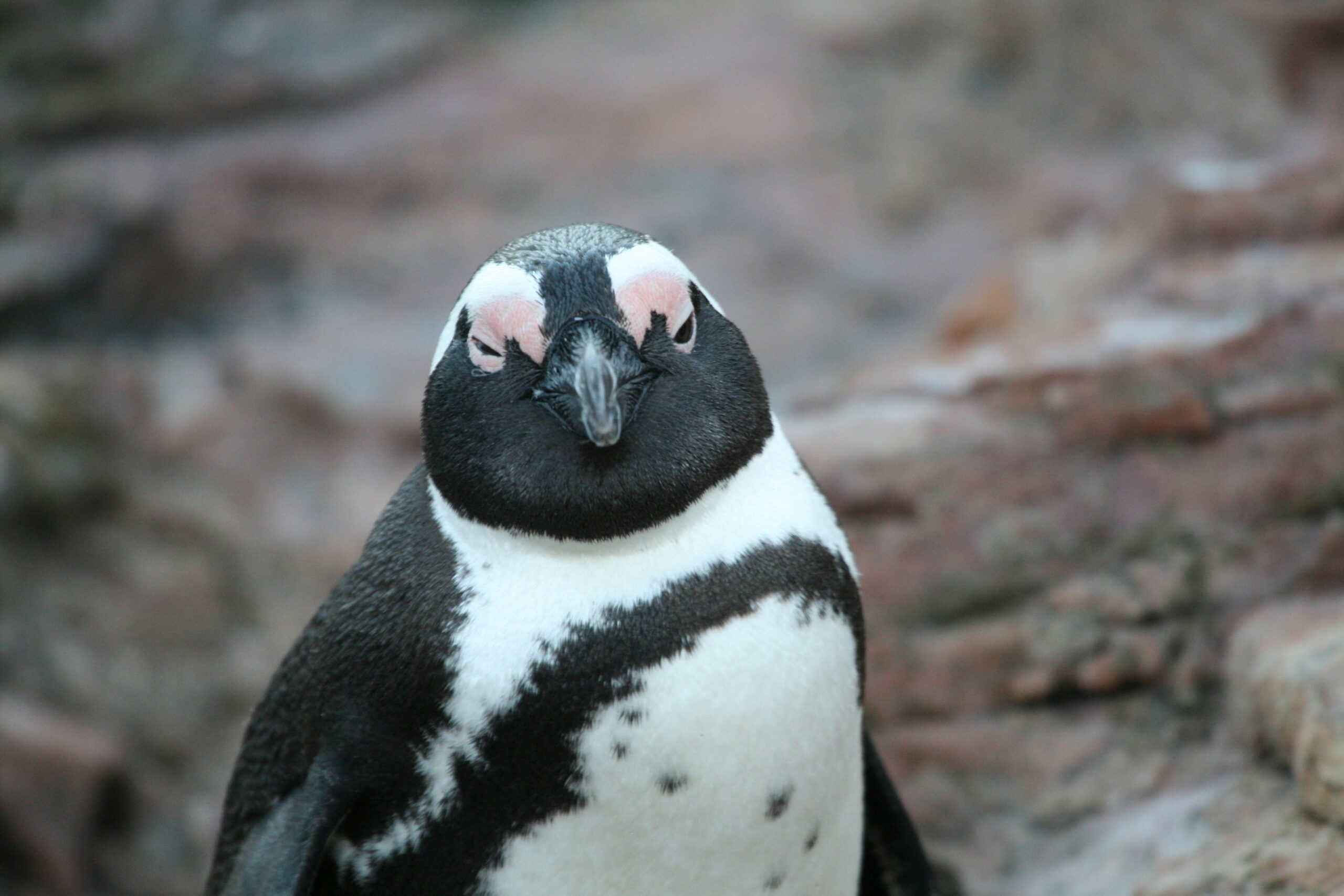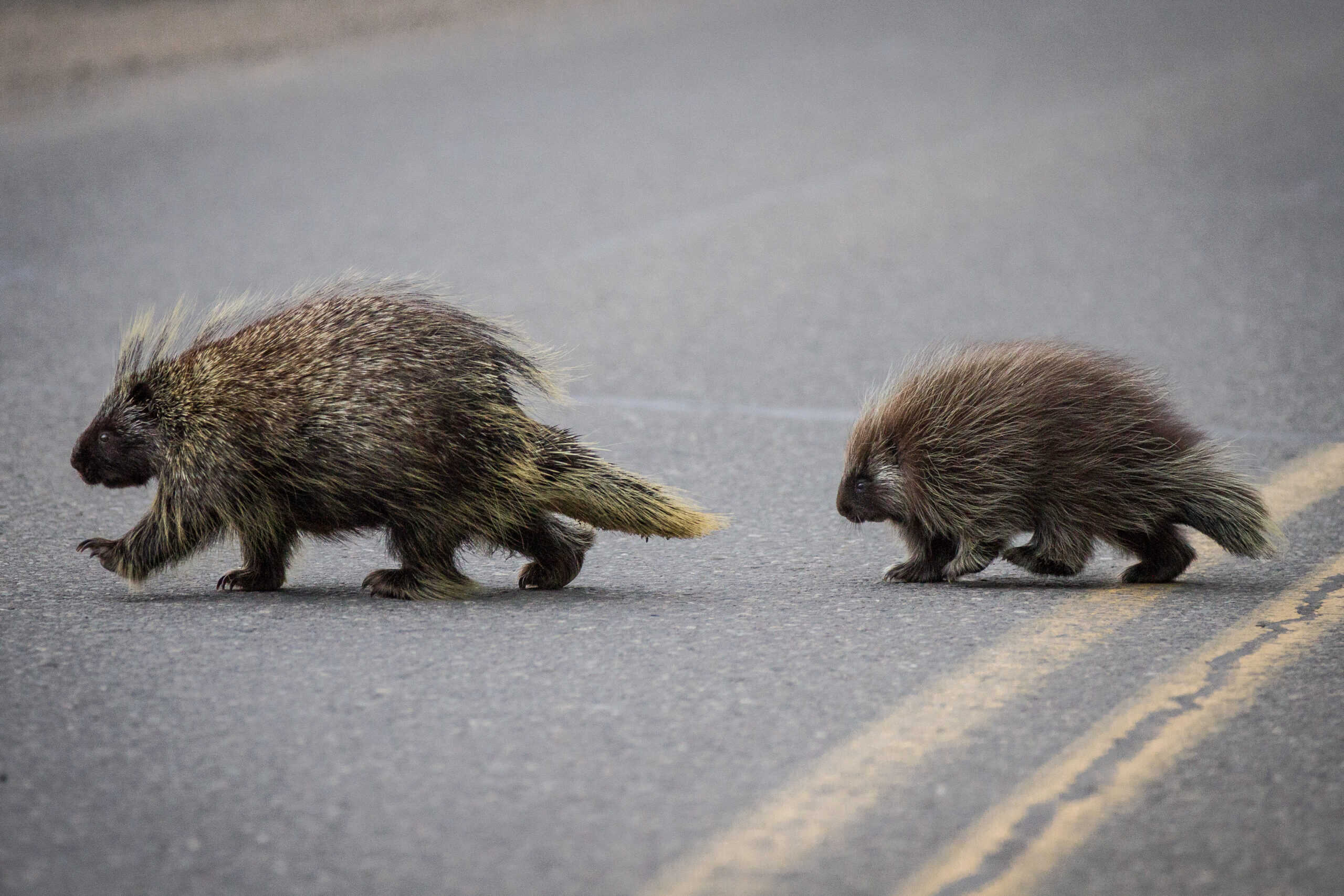Share this article
Simple techniques could shift sea turtle sex ratios
A team of researchers has found successful conservation strategies that could mitigate the impacts of climate change on sea turtles.
Working on the Dutch Caribbean island of St. Eustatius, the team developed a series of trial experiments to test a variety of simple shading treatments — white sand, white sheets and palm leaves. All three low-cost approaches succeeded in lowering the temperature in the sand where the eggs were buried, which affects the sex of turtle hatchlings.
“The majority of turtle hatchlings born at these beaches have been female-biased during the past decades,” Swansea University biologist Nicole Esteban said in a press release , and that bias raises concerns about the population’s viability in the future.
“We decided to investigate options for conservation actions to reduce incubation temperatures,” said Esteban, lead author of the paper published in Scientific Reports.
Conservationists worry about the effects of climate change on sea turtle populations. Turtles lack sex chromosomes, so the temperature in the sand surrounding a clutch of eggs determines the sex of hatchlings. Since warmer sands — generally 29 degrees Celsius and above — produce females, warming temperatures are skewing sea turtles’ sex ratios. A recent study found about 93 percent of green sea turtle (Chelonia mydas) hatchlings could be female by 2100.
At St. Eustatius, researchers found incubation temperatures were about 31 degrees Celsius, resulting in females in at least 97 percent of the hatchlings, which included leatherback turtles (Dermochelys coriacea), hawksbill turtles (Eretmochelys imbricate) and green turtles.
But shading could alter that, they found. Palmleaves were the most effective, reducing temperatures an average of .6 degrees Celsius. Relocating the eggs to a cooler beach just 1 kilometer away decreased temperatures an average of 1.9 degrees. Combining the two measures, they found, could shift the hatchling sex ratio down to between 60 and 90 percent female.
“The results of the study surprised us,” said co-author Marjolijn Christianen, a biologist at the Netherlands’ Wageningen University & Research. “They show that simple measures can be very effective in preventing a female-only turtle population.”
Header Image: A leatherback turtle hatchling heads toward the sea. ©Jimmy G








